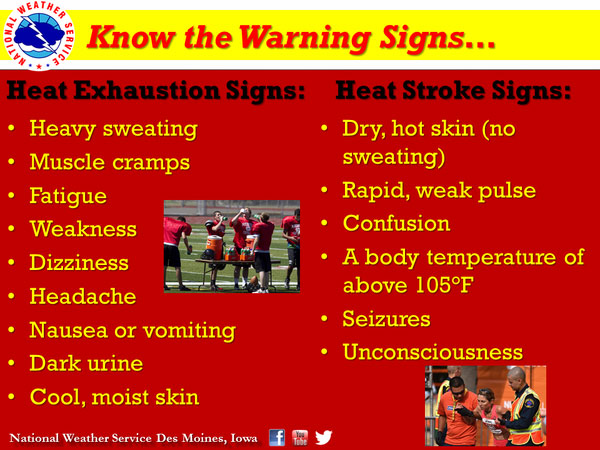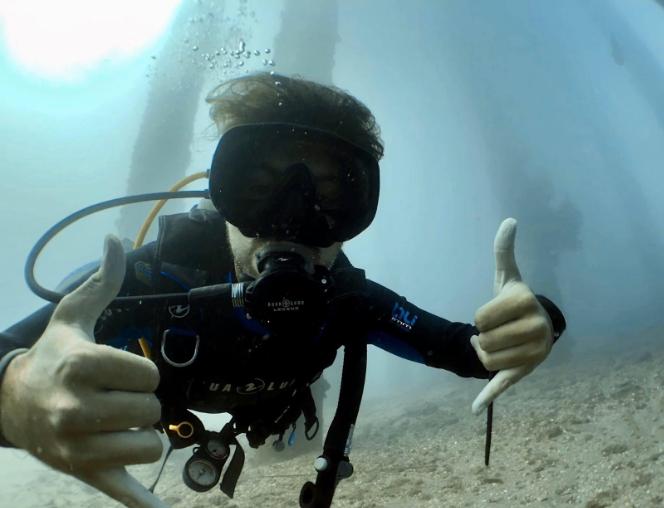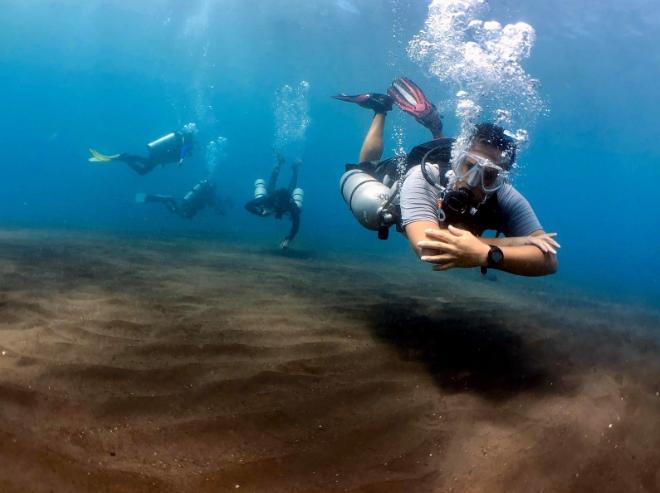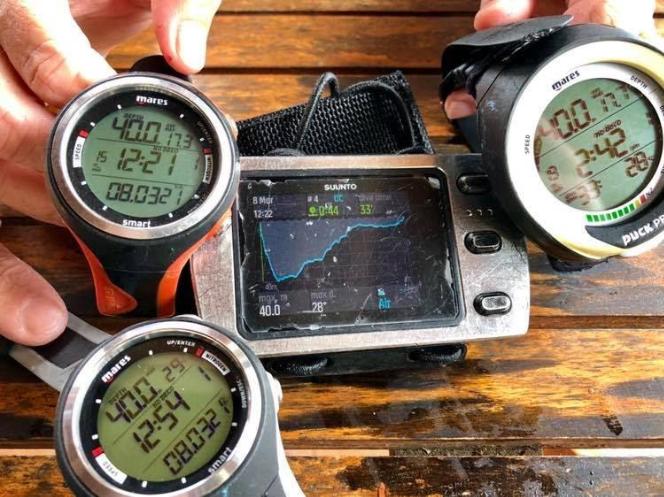PADI IDC Theory: Temperature and Scuba
When it comes to our health, changes in body temperature are not our friend. Our internal body temperature only varies about one degree Celsius (or two degrees Fahrenheit) over the course of an entire day. A lot of work goes into maintaining that temperature, including shivers, perspiration, and vasoconstriction. When it comes to scuba diving, there are a lot of temperature hazards that we must be aware of. We move from the air to the sea and back again, drastically changing both our surrounding temperature and our ability to regulate our internal temperature.
Most prominently, there is the issue that water conducts heat 20 times as efficiently as air. This is why we are comfortable at home at 22°C, but we will quickly develop the shivers in a pool at 24°C. While diving, we wear layers of insulation that either trap water against our skin (wetsuits) or keep us dry completely and use air as the insulator (dry suits). Exposure suits slow the conduction of heat (transmission by direct contact) from our bodies, allowing us to stay warm longer.
Wetsuits and dry suits, in addition to being predominantly black, are thick insulators that allow little-to-no airflow against the skin when we are above the water. This completely inhibits two of the body’s main methods of shedding excess heat: vasodilation and sweating. Conduction of heat to into the air is normally aided by the evaporation of moisture in the form of perspiration, but the skin is covered and perspiration is not allowed to escape. As a result, we become very warm upon donning an exposure suit unless we can get into the water to make up for this increased heat retention. This problem is further exacerbated by warm temperatures and sunny conditions, typical of a lot of dive locations. With a black suit converting a large percentage of the sun’s energy from light into heat, we warm up very quickly.

Care must be taken to stay hydrated and cool. Drink water and avoid donning your exposure suit too soon. A number of factors in scuba diving can all contribute to dehydrating a diver, so regular hydration is a must.
If the body becomes too warm for any reason, following the typical signs like sweating and warm or reddish skin, an individual can suffer heat exhaustion. Signs of heat exhaustion include weak rapid breathing, a weak rapid pulse, clammy skin and nausea. If these signs are found in an individual, get them to a cool area, remove any exposure suits, and administer non-alcoholic fluids. Allow the individual to rest until cool.
If heat exhaustion is not treated properly it can lead to heat stroke, a life-threatening condition in which the body’s cooling mechanisms have completely failed. Signs of heat stroke include a strong, rapid pulse, a stop in sweating, and flush, hot skin. If an individual may be suffering from heat stroke, use whatever means necessary to cool them and arrange immediate medical attention.
Join our PADI IDC programmes to learn more about this and other dive theory topics…



